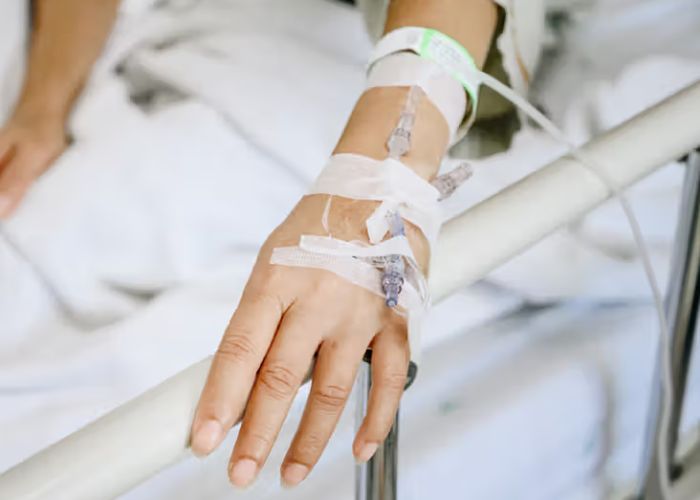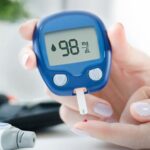What Is the Purpose of IV Catheters and Fluids in Intravenous Medication and Hydration? As a registered nurse with 7 years of experience administering medications and fluids intravenously, I have seen firsthand the immense value that IV catheters and fluids provide in healthcare. From hydrating patients to delivering lifesaving medications, IV therapy serves a critical purpose that impacts patient outcomes daily.
An IV catheter is a thin, flexible tube that is inserted into a vein to provide access for delivering medications, fluids, blood products, and nutrition intravenously. It consists of a sharp needle covered by a plastic catheter. Once venous access is established, the needle is removed and the plastic catheter remains in the vein attached to IV tubing for administration of IV fluids and medications.
What Is the Purpose of IV Catheters and Fluids in Intravenous Medication and Hydration?
There are several key purposes that IV catheters and fluids fulfill:
Hydration
One of the most common uses of IV fluids is to prevent or treat dehydration. Dehydration occurs when the body loses more fluid than it takes in, resulting in an imbalance of important electrolytes like sodium and potassium. This can occur from vomiting, diarrhea, fever, blood loss, or inadequate fluid intake.
As a nurse, I’ve treated countless patients admitted with severe dehydration from gastroenteritis. Providing hydration through an IV allows rapid replacement of fluid and electrolyte losses to restore balance. Within hours, patients often feel significantly better after receiving a bolus or maintenance fluids.
IV hydration bypasses the need to drink fluids orally when patients are too sick, unwilling, or unable to keep down adequate fluids. This makes it a convenient and efficient way to deliver fluids when oral intake is insufficient or contraindicated.
Medication Administration
In my experience, the most common medications given intravenously are antibiotics, chemotherapy, anesthesia agents, antiemetics, electrolytes, and analgesics. Compared to oral medications, IV medications reach peak blood concentrations faster and can be titrated more precisely to achieve therapeutic effects.
Many medications are poorly absorbed orally and would be rendered inactive if given by mouth. Chemotherapy agents like vincristine and cyclophosphamide must be administered intravenously to effectively reach cancer cells circulating in the bloodstream. As an oncology nurse, I’ve given scores of IV chemo infusions to treat various blood and solid tumor cancers.
According to healthline.com, IV antibiotics like vancomycin and gentamicin achieve better tissue penetration to fight serious infections. In the ICU, I routinely administer IV antibiotics to septic patients when enteral absorption is uncertain. The ability to deliver medications directly into the bloodstream via an IV catheter surpasses oral or other routes of administration.
Blood Transfusions
Patients experiencing significant blood loss from trauma, surgery, childbirth, or gastrointestinal bleeds often require blood product transfusions to improve oxygen delivery, replace lost volume, and prevent organ failure. Packed red blood cells, platelets, plasma, and cryoprecipitate are all given through large-bore IV catheters to provide lifesaving blood component therapy.
Read More:- Bandage Plaster Of Paris B.P. 88 (Extra Fast) Healocast
As an ER nurse, I’ve been involved in massive blood product transfusions for hypovolemic shock patients. Rapid replacement of blood products through IV access is truly lifesaving in these situations.
Central Venous
Access For longer term IV therapy lasting days to months, peripherally inserted central catheters (PICC lines) and central venous catheters (CVCs) allow stable IV access to the central circulation. These specialized catheters are inserted into large veins near the heart rather than smaller peripheral veins of the hands and arms.
Central lines minimize vein irritation, reduce infiltration risks, and can remain in place for weeks to months. As an infusion nurse, I cared for hematology and cancer patients with Broviac catheters tunneled under their skin for delivering IV chemotherapy regimens. Without these crucial central lines, patients would have required repeated peripheral IV insertions.
Parenteral Nutrition
Patients with intestinal failure or absorption issues preventing enteral feeding can receive specialized intravenous nutrition called parenteral nutrition (PN) to supply essential calories, protein, fats, vitamins and minerals. This lifesaving therapy is delivered via an IV catheter into a large central vein such as the superior vena cava.
Read More:- Ash Gall Blader Scissors 225Mm
As a GI nurse, I cared for patients with short bowel syndrome requiring TPN to sustain nutrition while awaiting intestinal transplant. For these patients, peripheral IV access is inadequate to accommodate the highly viscous PN solution. A PICC line or tunneled central line is inserted to provide reliable access.
The purpose of IV catheters and fluids spans from simple hydration needs to complex medication regimens and nutrition requirements. After 7 years administering IV therapy, I gained immense appreciation for its broad clinical applications. However, with great power comes great responsibility. As nurses, it’s our duty to handle IV catheters skillfully and safely while delivering top-notch venous access care. We directly impact our patients’ wellbeing through the lifelines of their IVs. I hope you like reading “What Is the Purpose of IV Catheters and Fluids in Intravenous Medication and Hydration?”

Dinesh Singh Negi is a seasoned expert in the healthcare procurement industry with over 15 years of experience in supply chain management and hospital procurement strategies. Holding a Master of Business Administration (MBA) in Operations Management and Supervision, Dinesh has successfully optimized procurement processes for numerous healthcare facilities, ensuring cost-effective and quality supply solutions. As the lead author on hospibuy.com, Dinesh shares his deep knowledge and insights on hospital procurement trends, product evaluations, and industry best practices. Connect with Dinesh on LinkedIn for more professional insights.











